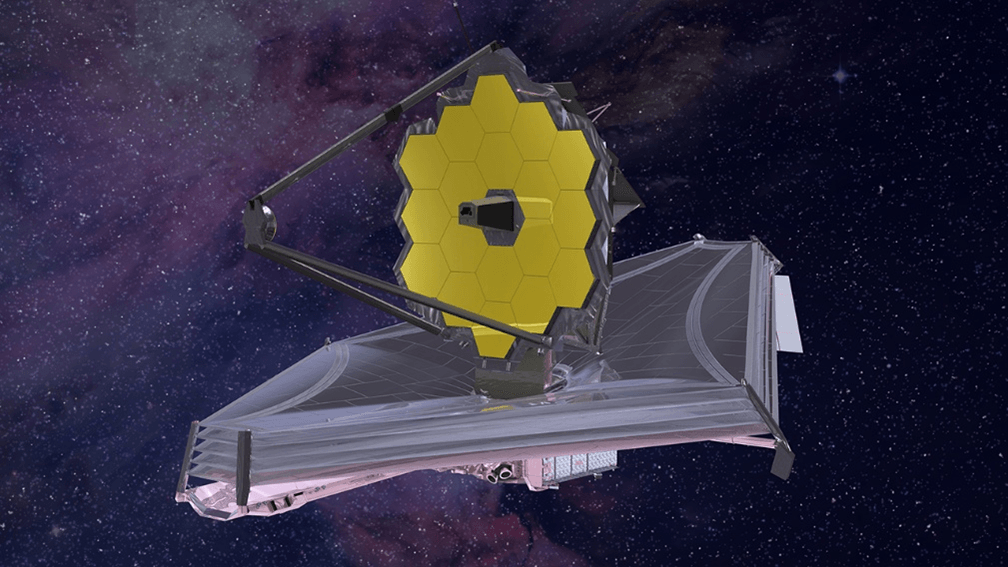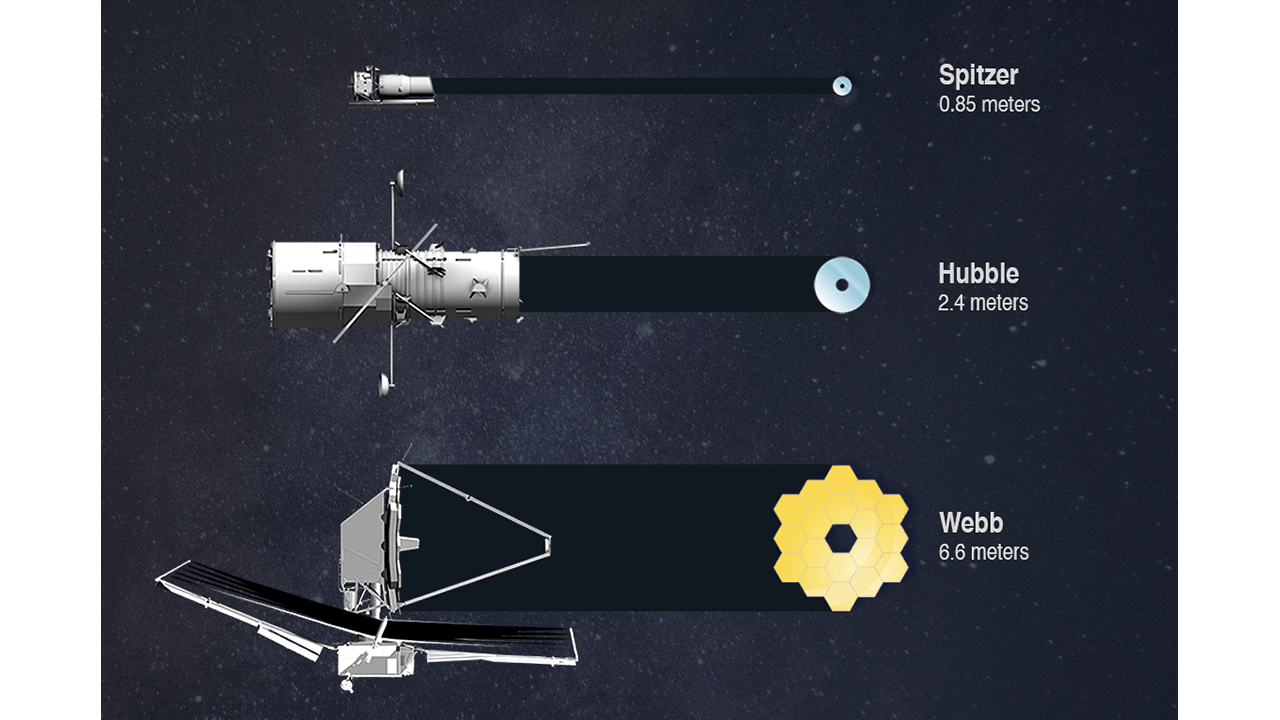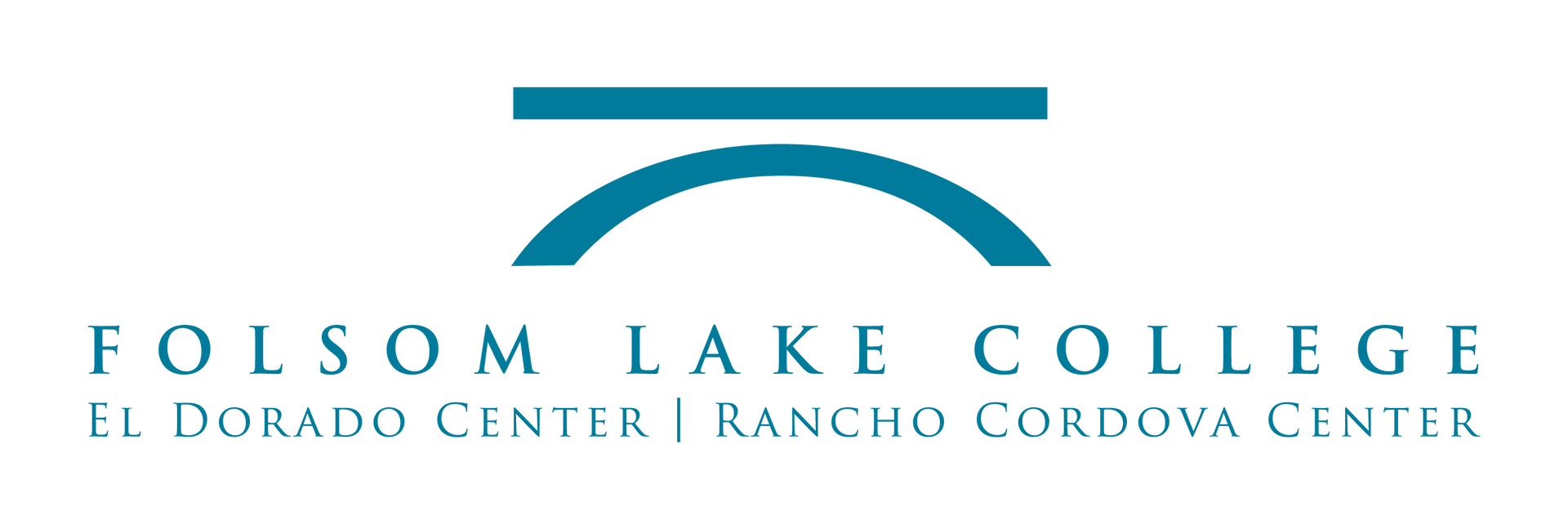Community Observatory celebrates James Webb Space Telescope images with NASA
The Community Observatory is proud to be part of NASA's community outreach efforts! We celebrated the JWST Launch and the first images released with NASA Ambassador Tim Pinkney on 12/11/2021 and 7/30/2022. See links below.

There are telescopes and there are TELESCOPES. The James Webb Space Telescope is the latter!
The James Webb Space Telescope (JWST) is simply the most powerful space telescope ever built! It will allow scientists to look at what our universe was like about 200 million years after the Big Bang. The telescope will be able to capture images of some of the first galaxies ever formed, new planets in distant solar systems, and beyond.
JWST is a large infrared telescope with an approximately 6.5-meter primary mirror - more than seven times as big as that of the Hubble Space Telescope (Hubble) which it succeeds! The Hubble Space Telescope, perhaps the JWST’s most famous predecessor, scans the universe mainly in the part of the spectrum visible to human eyes, making only a small foray into the infrared. But besides having a primary mirror more than seven times as big as the Hubble’s, the JWST also has sensors optimized specifically for these longer wavelengths. This will enable the device to observe three crucial types of objects more effectively than the Hubble can: the old, the cold and the dusty.

JWST was launched on Dec 25, 2021 on an Arien 5 rocket from Europe's Spaceport in French Guiana on the northeastern coast of South America.
The James Webb Space Telescope is named after former NASA administrator James Webb. The JWST program is an international collaboration between NASA, the European Space Agency (ESA), and the Canadian Space Agency (CSA). The NASA Goddard Space Flight Center is managing the development effort. The main industrial partner is Northrop Grumman. The Space Telescope Science Institute operates the JWST after launch.

JWST is stationed at Lagrange Point L2. This spot, one of five so-called Lagrange points where Earth’s gravitational field balances that of the sun creating a well of stability, is a popular destination for space telescopes. In contrast to other Lagrange points, it is perpetually in Earth’s shadow, guaranteeing darkness and cooling for a telescope’s optimal operation.
Key Links:
The new Mountain Democrat article link: https://www.mtdemocrat.com/prospecting/community-observatory-hosts-out-of-this-world-event/
YouTube video of JWST First Images event (7/30/2022): https://www.youtube.com/watch?v=qvTsdOCWM_g
James Webb Space Telescope Images: https://www.nasa.gov/webbfirstimages/
Replay of JWST Launch event 12/11/2021: https://youtu.be/3CHYZa4DTQ4
Mountain Democrat article on this event: Mt Democrat Article
JWST journey to space: https://www.esa.int/Science_Exploration/Space_Science/Webb
NASA JWST site:
(For Adults): https://jwst.nasa.gov/content/webbLaunch/index.html
(For Kids): https://spaceplace.nasa.gov/james-webb-space-telescope/en/
JWST – Hubble comparison: https://jwst.nasa.gov/content/about/comparisonWebbVsHubble.html
"James Webb Telescope - Launching a Legacy" video - Speaker Dr. Alexandra Lockwood Space Telescope Science Institute:
https://www.youtube.com/watch?v=Jlo8l4632O0
Learn about infrared astronomy:
(For adults): https://webbtelescope.org/webb-science/the-observatory/infrared-astronomy
(For kids): https://jwst.nasa.gov/content/features/beyondTheVisible.html
What is a Lagrange Point? https://solarsystem.nasa.gov/resources/754/what-is-a-lagrange-point/
Build your own paper model of JWST: https://jwst.nasa.gov/content/features/educational/paperModel/paperModel.html



